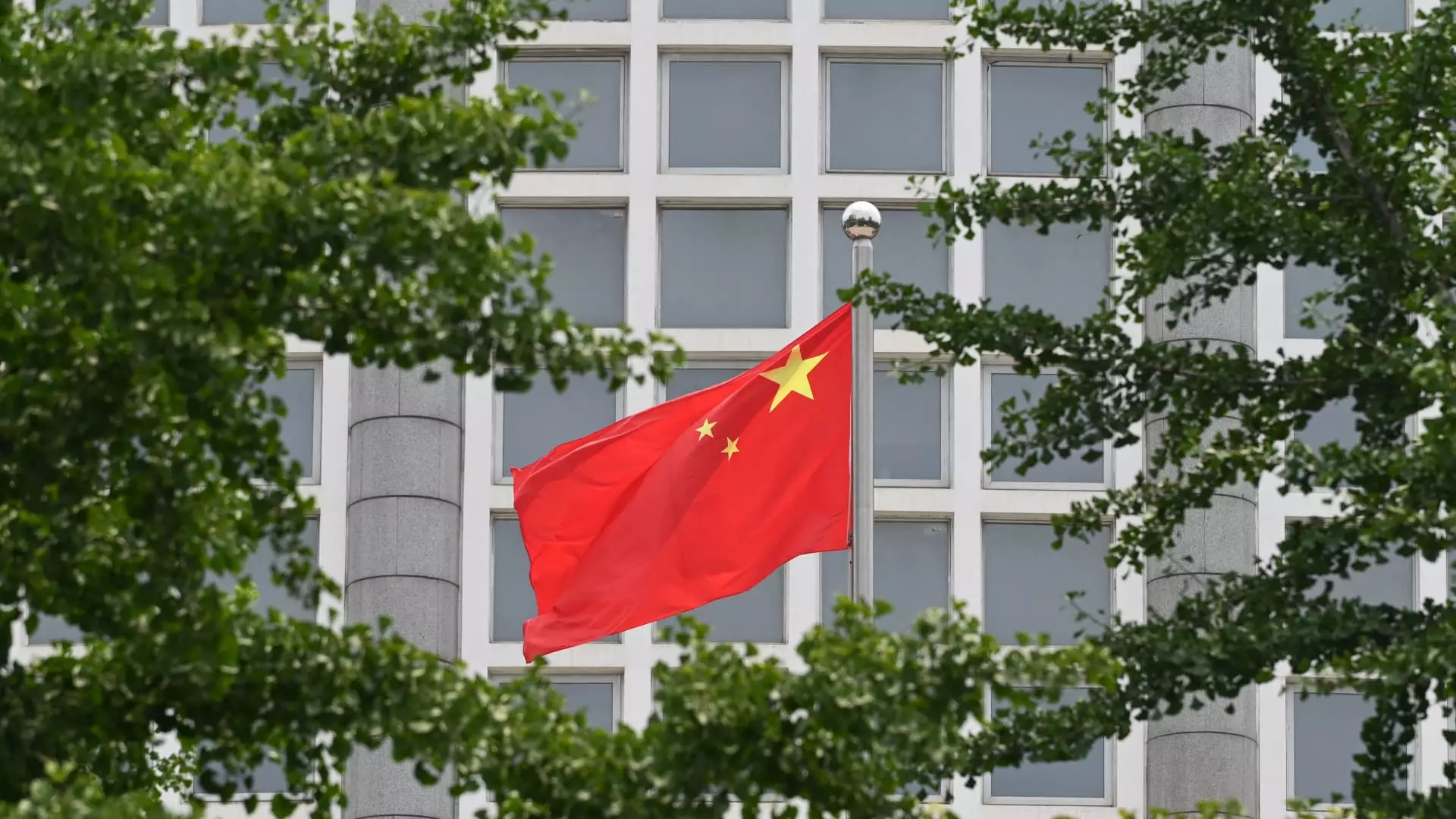As the world watches China’s economic landscape with a blend of curiosity and concern, the latest statements from Zheng Shanjie, chairman of the National Development and Reform Commission (NDRC), provide a crucial insight into the government’s strategy amid ongoing economic challenges. While he has pledged a series of measures aimed at invigorating the economy, his lack of an expansive stimulus plan has left many investors and economists feeling unsatisfied.
The recent press briefing held by Zheng and other top NDRC officials reflects a growing urgency in addressing the numerous challenges facing China’s economy. Following a week-long Golden Week holiday, which typically stimulates consumer spending, the lackluster recovery from COVID-19 restrictions has spotlighted the need for robust fiscal policies to reignite growth. With the central government’s target of approximately 5% annual growth increasingly appearing to be out of reach, Zheng’s comments served as a reminder that the economic recovery is far from guaranteed.
Despite the glimmer of hope demonstrated by a sharp uptick in mainland stock markets upon reopening, investors were left wanting more concrete action from leadership. Zheng’s announcement of the acceleration of special purpose bond issuance and the allocation of 1 trillion yuan for local projects certainly aims to alleviate some pressures. However, these measures, while beneficial for regional growth, do not constitute a sweeping strategy capable of reversing the tide of economic malaise being felt nationwide.
The noticeable dip in economic indicators sheds light on the undercurrents shaping consumer behavior. China’s consumer price index (CPI) rising only 0.6% year-on-year in August, falling short of expectations, illustrates that inflationary pressures are minimal, thus dampening the incentive for consumer spending. With the core CPI showing an even slower climb, the overall sentiment highlights a cautious consumer base. Coupled with contracting factory activity—evidenced by a Purchasing Managers’ Index (PMI) of 49.8 in September—this paints a picture of an economy struggling with declining demand.
Moreover, this trend is reflection of broader issues facing the property market, which Zheng has indicated will see more supportive measures. The property sector has been in a protracted downturn, and stimulating it may lead to short-term relief but will require sustained effort to restore consumer confidence in the housing market. The slowdown is feeding into the labor market, subsequently affecting household disposable incomes and spending capabilities—essential ingredients for sustained economic growth.
The NDRC has signaled a commitment to interlink fiscal, monetary, and regional policies, yet this approach may fall short if the immediate concerns of consumers and businesses are not adequately addressed. Zheng’s assurances, while promising a coordinated policy adjustment, seem to echo a broader reluctance to implement drastic fiscal changes that could create substantial market confidence. China’s economic strategy needs to balance immediate relief measures with a long-term vision that acknowledges and addresses structural problems.
Additionally, the government’s proposal to bring forward a 100 billion yuan investment plan suggests an intention to prioritize infrastructure and regional development, which are critical components of economic revitalization. However, without a clear pathway on how these investments will translate into concrete outcomes for the average citizen, skepticism will likely persist.
While Zheng Shanjie’s commitments signal an administration aware of the pressing economic landscape, they also expose significant shortcomings in response and action. The Chinese economy stands at a crossroads, with challenges that need more than just incremental policy tweaks. As the world’s second-largest economy continues to grapple with a sluggish recovery, a robust and clear strategy that encompasses both immediate and long-term goals is imperative. Investors and consumers alike will be watching closely to see if the proclaimed measures will bear fruit in reversing the economic downturn, or if they will find themselves yearning for a bolder approach from policymakers in days to come.

